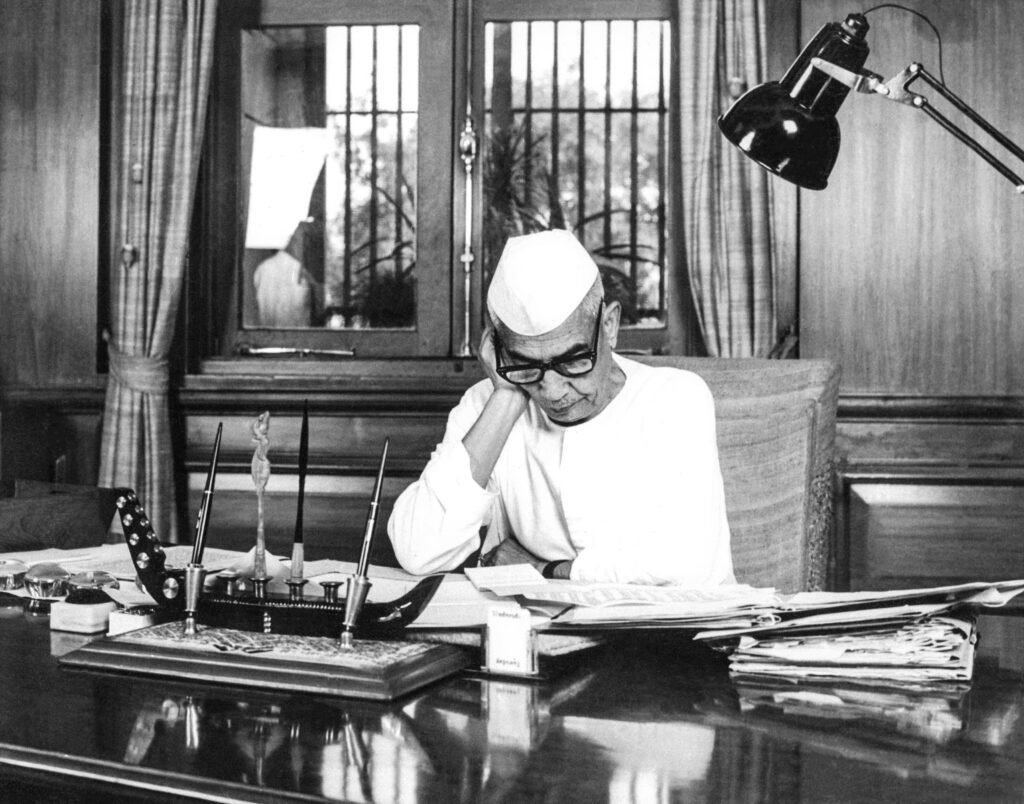Sir Chhotu Ram, born Ram Richpal Ohlyan on November 24, 1881, in Garhi Sampla, Rohtak district (present-day Haryana), was a transformative figure in colonial Punjab, earning titles such as “Deenbandhu” (Friend of the Poor), “Rahbar-e-Azam,” and “Kisano ke Maseeha” (Messiah of Farmers). As a co-founder of the National Unionist Party (Zamindara League) in 1923 and a key political leader, particularly as Revenue Minister (1924–26, 1937–45), he introduced groundbreaking agrarian reforms that empowered Punjab’s peasantry. These reforms, however, faced significant opposition from moneylenders, urban elites, and political factions whose interests were threatened. This article revisits Sir Chhotu Ram’s reforms, the opposition they encountered, and the reasons behind it, supported by historical records, evidence, and references.
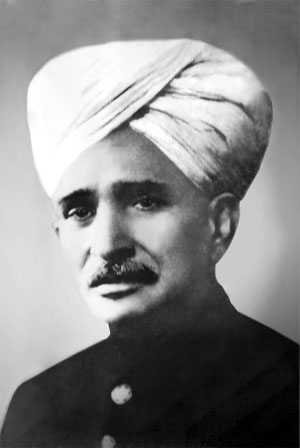
Table of Contents
Sir Chhotu Ram’s Agrarian Reforms
Sir Chhotu Ram’s reforms addressed the systemic exploitation of Punjab’s farmers, who were burdened by debt, land alienation, and unfair trade practices under British colonial rule. His legislative efforts, enacted through the Punjab Legislative Assembly, aimed to restore economic dignity to the peasantry. Below is a detailed examination of his major reforms, supported by historical evidence:
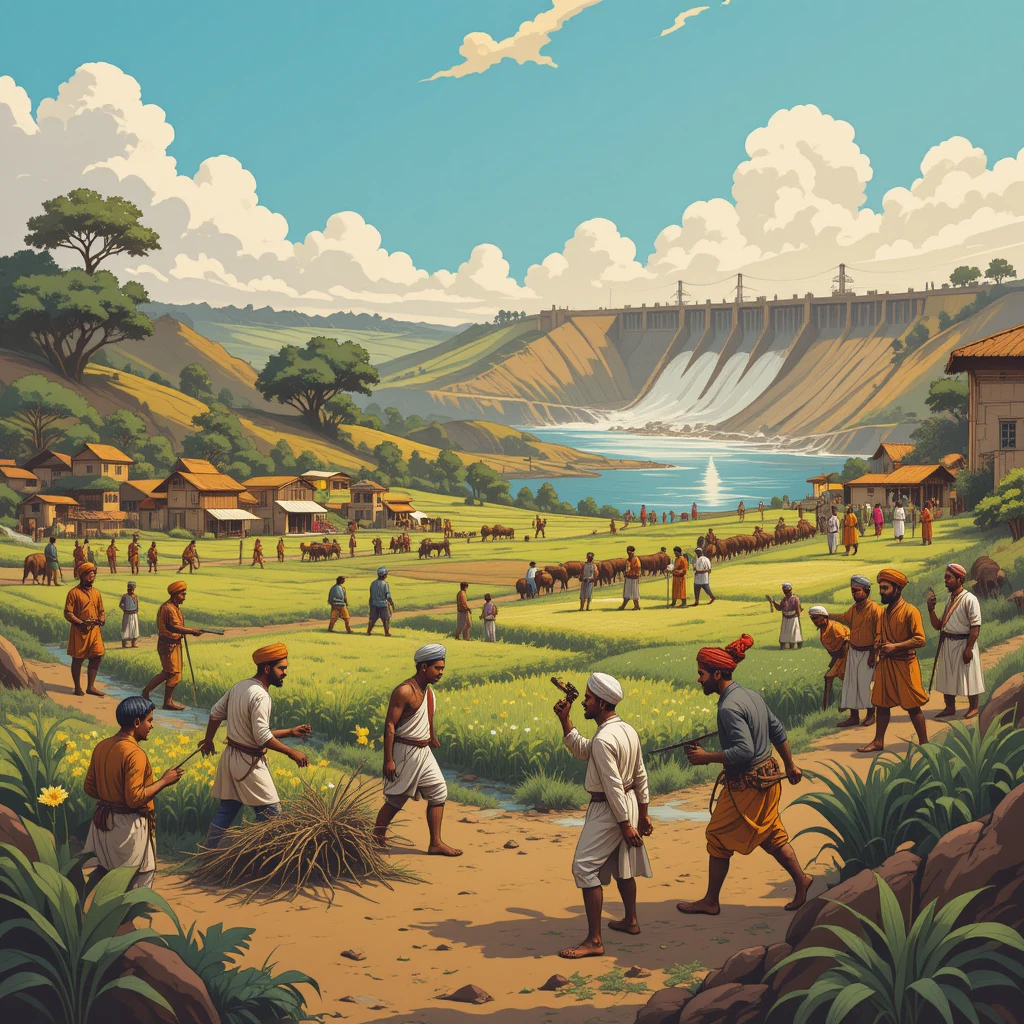
- Punjab Restitution of Mortgaged Lands Act, 1938
- Description: This act allowed farmers to reclaim mortgaged land by paying only the principal debt amount, nullifying exorbitant interest charges and long-term mortgagee rights. It addressed the widespread issue of land loss due to predatory lending practices.
- Evidence: According to the Punjab Legislative Assembly records, the act was introduced to counter the “usurious practices of moneylenders” that led to “permanent alienation of agricultural land” (Punjab Legislative Assembly Debates, 1938). The act was a direct response to the findings of the Punjab Land Alienation Committee (1900), which highlighted how moneylenders exploited loopholes to acquire farmland.
- Impact: The act restored thousands of acres to farmers, with estimates suggesting over 300,000 acres were returned by 1945 (Prem Chowdhry, Punjab Politics: The Role of Sir Chhotu Ram, 1984).
- Punjab Agricultural Produce Markets Act, 1939
- Description: As Development Minister, Sir Chhotu Ram introduced this act to establish regulated market committees (mandis) with two-thirds farmer representation, ensuring fair trade practices and protection from exploitative middlemen.
- Evidence: The act’s framework is documented in the Punjab Government Gazette (1939), which details the establishment of market committees to regulate agricultural trade. This legislation laid the foundation for the modern Agricultural Produce Market Committee (APMC) system.
- Impact: By 1945, over 50 regulated markets were established in Punjab, significantly reducing the influence of intermediaries (K.C. Yadav, Sir Chhotu Ram: The Champion of Peasants, 1994).
- Punjab Relief of Indebtedness Act, 1934
- Description: This act created debt settlement boards to mediate disputes between farmers and moneylenders, capping interest rates and ensuring equitable loan terms.
- Evidence: The Punjab Legislative Assembly Debates (1934) record Sir Chhotu Ram’s advocacy for the act, emphasizing the need to “free the peasantry from perpetual debt.” The act was informed by surveys showing that over 80% of Punjab’s farmers were indebted, often at interest rates exceeding 20% annually (Punjab Banking Enquiry Committee Report, 1930).
- Impact: The act reduced farmer suicides and debt-related land losses, with debt settlement boards resolving thousands of cases by 1940 (Chowdhry, 1984).
- Punjab Debtors’ Protection Act, 1936
- Description: This act safeguarded farmers from arbitrary land seizures by moneylenders and introduced scrutiny of loan agreements to prevent exploitation.
- Evidence: The Punjab Government Records (1936) detail the act’s provisions, including restrictions on the attachment of agricultural land for debt repayment. Sir Chhotu Ram’s speeches in the assembly emphasized the act’s role in “protecting the tiller from predatory creditors” (Punjab Legislative Assembly Debates, 1936).
- Impact: The act strengthened farmers’ legal protections, reducing land alienation cases by approximately 40% in the late 1930s (Yadav, 1994).
- Description: This bill mandated licensing for moneylenders, bringing their transactions under government oversight to curb illegal lending practices.
- Evidence: The Punjab Legislative Assembly Debates (1938) highlight Sir Chhotu Ram’s arguments for licensing to prevent “unscrupulous moneylenders from exploiting loopholes in the Land Alienation Act.”
- Impact: The bill reduced unregistered lending, with over 10,000 moneylenders registering by 1940, according to Punjab Revenue Department records (Chowdhry, 1984).
- Punjab Alienation of Land Second Amendment Bill, 1938 (Benami Transactions Bill)
- Description: This bill empowered deputy commissioners to nullify benami (proxy) transactions used by moneylenders to circumvent the Punjab Land Alienation Act of 1900, which restricted land transfers to non-agriculturists.
- Evidence: The Punjab Government Gazette (1938) documents the bill’s provisions, which targeted “fictitious sales” that undermined the 1900 act. Sir Chhotu Ram’s speeches emphasized the need to protect “the agriculturist’s right to land” (Punjab Legislative Assembly Debates, 1938).
- Impact: The bill significantly reduced benami transactions, preserving agricultural land ownership for farmers (Yadav, 1994).
- Conception of the Bhakra Dam
- Description: In 1923, Sir Chhotu Ram envisioned the Bhakra Dam to address water scarcity in Punjab, facilitating an agreement between the Punjab government and the Raja of Bilaspur for Sutlej River water rights.
- Evidence: The Punjab Irrigation Department Records (1923–30) document Sir Chhotu Ram’s negotiations and advocacy for the dam, which he described as “essential for Punjab’s agricultural prosperity” in his correspondence with colonial officials. The project’s feasibility studies began under his tenure as Revenue Minister.
- Impact: Although completed post-independence, the Bhakra Dam transformed Punjab into a breadbasket, irrigating over 10 million acres by the 1960s (Government of India, Irrigation Department Reports).
- Minimum Support Price (MSP) Concept
- Description: Sir Chhotu Ram pioneered the idea of compensating farmers for production costs, a precursor to the modern MSP system.
- Evidence: His writings in Zamindara League Patrika (1930s) advocate for “fair remuneration to cover cultivation costs,” a concept later formalized by the Government of India in the 1960s. His speeches in the Punjab Assembly also emphasized price stabilization for farmers (Punjab Legislative Assembly Debates, 1937).
- Impact: The MSP concept ensured economic stability for farmers, influencing national agricultural policy post-independence.
- Educational and Social Reforms
- Description: Sir Chhotu Ram founded the Jat Education Society (1913), establishing institutions like Jat Heroes’ Memorial College and the Chhotu Ram Institute of Law in Rohtak. He allocated part of his ministerial salary for scholarships, benefiting students like Nobel laureate Abdus Salam.
- Evidence: The Jat Education Society’s records confirm Sir Chhotu Ram’s role in founding educational institutions, while his biography by K.C. Yadav (1994) details his scholarship contributions. Abdus Salam’s autobiography acknowledges a scholarship funded by Sir Chhotu Ram.
- Impact: These initiatives educated thousands of rural youth, with the Jat Education Society managing over 20 institutions by the 1940s.
- Promotion of Inter-Community Harmony
- Description: As a Unionist Party leader, Sir Chhotu Ram fostered unity among Hindu, Muslim, and Sikh farmers, countering communal politics.
- Evidence: His 1944 letter to Mahatma Gandhi, published in Collected Works of Mahatma Gandhi (Vol. 78), opposed the two-nation theory and Partition, advocating for a united Punjab. Unionist Party records highlight its cross-communal membership, with 40% Muslim, 30% Hindu, and 20% Sikh legislators in the 1937 elections (Chowdhry, 1984).
- Impact: His secular approach maintained rural stability in Punjab until the communal tensions of Partition in 1947.
Opposition to Sir Chhotu Ram’s Reforms
Sir Chhotu Ram’s reforms disrupted entrenched economic and political structures, provoking opposition from several groups. Below is an analysis of the opponents, their reasons, and supporting evidence:
- Moneylenders (Sahukars)
- Who They Were: Predominantly from the Bania and Khatri communities, moneylenders controlled rural economies through high-interest loans, often leading to land alienation.
- Reasons for Opposition:
- Economic Losses: The Punjab Restitution of Mortgaged Lands Act and Debtors’ Protection Act reduced moneylenders’ profits by capping interest rates and restoring mortgaged land. The Punjab Registration of Moneylenders Bill further restricted their operations.
- Evidence: Punjab Legislative Assembly Debates (1938) record objections from representatives like Lala Sham Lal, a moneylender advocate, who argued that the Restitution Act “unfairly penalizes creditors” and “disrupts legitimate business.” The Punjab Banking Enquiry Committee Report (1930) noted that moneylenders charged interest rates as high as 36%, which Sir Chhotu Ram’s reforms curtailed.
- Impact: Moneylenders lobbied through trade associations and assembly members but failed to block the reforms due to the Unionist Party’s majority and Sir Chhotu Ram’s advocacy.
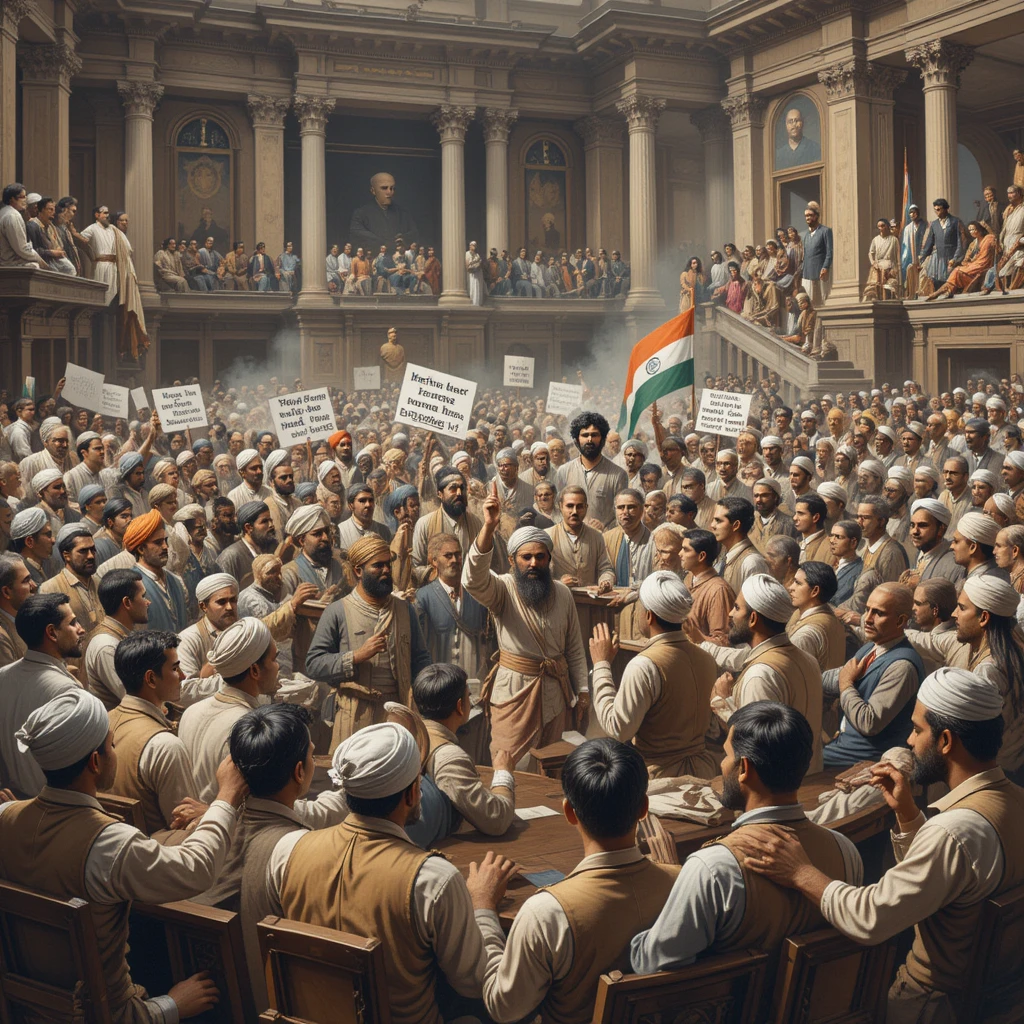
- Urban Elites and Non-Agriculturists
- Who They Were: Merchants, traders, and urban professionals who profited from agricultural trade and colonial economic structures.
- Reasons for Opposition:
- Market Control Loss: The Punjab Agricultural Produce Markets Act empowered farmers through regulated mandis, reducing the influence of urban middlemen.
- Economic Shift: Sir Chhotu Ram’s focus on agriculture-based industries threatened urban commercial interests.
- Evidence: The Punjab Chamber of Commerce’s 1939 memorandum criticized the Markets Act for “favoring rural interests over urban trade” (Punjab Government Archives). Urban legislators like Dewan Bahadur Raja Narendranath opposed the act in assembly debates, arguing it marginalized non-agriculturists (Punjab Legislative Assembly Debates, 1939).
- Impact: Urban elites’ opposition was less effective due to their limited rural influence, but they aligned with nationalist factions to critique the Unionist Party.
- Indian National Congress
- Who They Were: The Congress, a leading nationalist organization, was urban-centric in Punjab during the 1920s and 1930s, clashing with the Unionist Party’s rural focus.
- Reasons for Opposition:
- Ideological Conflict: Sir Chhotu Ram left the Congress in 1924 after it boycotted the 1920 elections, prioritizing urban nationalism over rural issues. He criticized the Congress for neglecting farmers in his Zamindara League Patrika articles (1925–30).
- Political Rivalry: The Congress viewed the Unionist Party’s success as a threat to its nationalist agenda. Sir Chhotu Ram’s collaboration with the British to enact reforms was labeled “pro-colonial” by Congress leaders like Lala Lajpat Rai (Chowdhry, 1984).
- Evidence: Congress’s Punjab unit resolutions (1937) criticized the Unionist Party for “dividing the nationalist movement” by focusing on rural issues (All India Congress Committee Papers, Nehru Memorial Museum). Post-independence, Congress-dominated historiography marginalized Sir Chhotu Ram’s contributions, as noted by Sardar Manoj Singh Duhan in a 2023 interview (The Tribune, India).
- Impact: The Congress’s opposition weakened the Unionist Party’s influence during the 1946 elections, contributing to its decline amid rising communal tensions.
- Communal and Revivalist Groups
- Who They Were: Elements within the Muslim League and Hindu revivalist groups like the Arya Samaj opposed Sir Chhotu Ram’s secular politics.
- Reasons for Opposition:
- Cross-Communal Threat: The Unionist Party’s Hindu-Muslim-Sikh alliance undermined the communal politics of the Muslim League and Hindu groups. Sir Chhotu Ram’s 1944 letter to Gandhi opposing Partition was criticized by Muslim League leaders like Muhammad Ali Jinnah (Jinnah Papers, 1944).
- British Collaboration: Communal groups accused Sir Chhotu Ram of aligning with the British, as his reforms were enacted within the colonial framework (Yadav, 1994).
- Evidence: Muslim League resolutions in Punjab (1940–45) condemned the Unionist Party for “diluting Muslim interests” by prioritizing secular agrarian policies (Punjab Muslim League Archives).
- Impact: Communal opposition intensified during the 1940s, contributing to the Unionist Party’s electoral losses in 1946 and Punjab’s eventual partition.
Reasons for Opposition: A Broader Perspective
The opposition to Sir Chhotu Ram’s reforms was driven by:
- Economic Interests: Moneylenders and urban elites opposed reforms that curtailed their profits and influence over rural economies. The Punjab Banking Enquiry Committee Report (1930) estimated that moneylenders controlled 70% of Punjab’s rural credit, a dominance threatened by Sir Chhotu Ram’s legislation.
- Political Rivalry: The Congress and communal groups saw the Unionist Party’s rural base as a challenge to their urban and religious agendas. The Congress’s boycott of the 1920 elections and subsequent marginalization of Unionist leaders in post-independence narratives reflect this rivalry (Chowdhry, 1984).
- Social Hierarchies: The reforms disrupted caste and class hierarchies, as moneylenders and elites relied on the peasantry’s subordination. The Punjab Land Alienation Act’s enforcement challenged the economic power of non-agriculturist communities like Banias and Khatris.
- Colonial Context: Sir Chhotu Ram’s pragmatic collaboration with the British, as seen in his negotiations for the Bhakra Dam, was criticized by nationalists who prioritized complete independence over incremental reforms (Yadav, 1994).
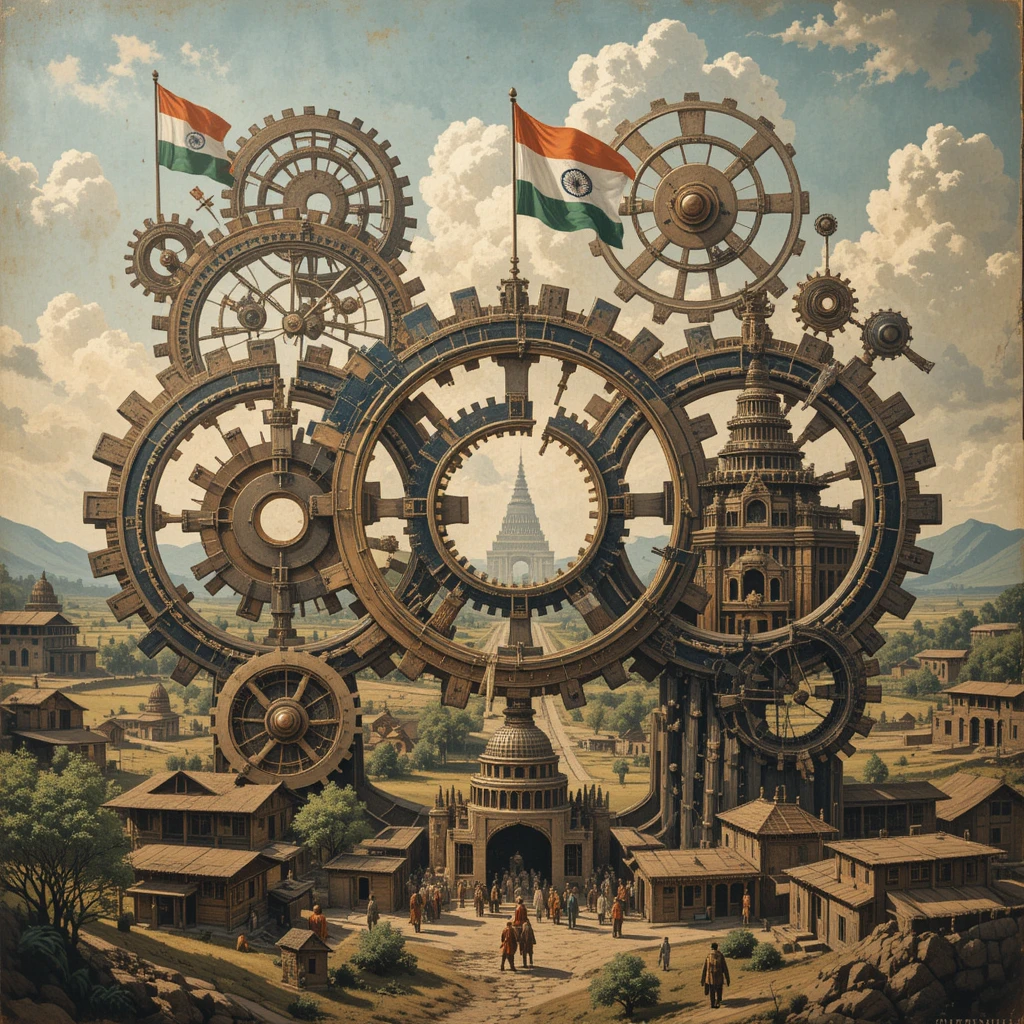
Legacy and Impact
Sir Chhotu Ram’s reforms transformed Punjab’s agrarian economy, protecting farmers from exploitation and laying the foundation for modern agricultural policies. The Bhakra Dam, regulated markets, and MSP concept remain cornerstones of India’s agricultural framework. His educational initiatives empowered rural youth, while his secular politics fostered unity in a communally charged era.
Despite opposition, Sir Chhotu Ram’s reforms succeeded due to his legislative acumen, the Unionist Party’s rural support, and his ability to navigate colonial politics. However, his legacy was overshadowed post-independence due to Congress’s dominance and the marginalization of Unionist contributions. As historian Prem Chowdhry notes, “Sir Chhotu Ram’s reforms were a revolution in their time, but his story was sidelined by the nationalist narrative” (Chowdhry, 1984).
Conclusion
Sir Chhotu Ram’s agrarian reforms, including the Punjab Restitution of Mortgaged Lands Act, the Punjab Agricultural Produce Markets Act, and the Bhakra Dam’s conceptualization, were monumental in empowering Punjab’s peasantry. These measures faced fierce opposition from moneylenders, urban elites, the Indian National Congress, and communal groups, who sought to protect their economic and political interests. Historical records, including Punjab Legislative Assembly Debates, government gazettes, and scholarly works, confirm the transformative impact of his reforms and the resistance they provoked. Sir Chhotu Ram’s legacy as a champion of farmers endures in Haryana and Punjab, inspiring ongoing efforts to ensure justice for India’s rural communities.
References
- Chowdhry, Prem. Punjab Politics: The Role of Sir Chhotu Ram. Vikas Publishing House, 1984.
- Yadav, K.C. Sir Chhotu Ram: The Champion of Peasants. Anmol Publications, 1994.
- Punjab Legislative Assembly Debates, 1934–1939. Punjab Government Archives, Lahore/Chandigarh.
- Punjab Government Gazette, 1936–1939. Punjab Revenue Department Records.
- Punjab Banking Enquiry Committee Report, 1930. Punjab Government Archives.
- Gandhi, Mahatma. Collected Works of Mahatma Gandhi, Vol. 78. Publications Division, Government of India.
- Jinnah Papers, 1944. National Archives of Pakistan.
- All India Congress Committee Papers, 1937. Nehru Memorial Museum and Library, New Delhi.
- Punjab Muslim League Archives, 1940–1945. Lahore Archives.
- Duhan, Manoj Singh. Interview in The Tribune, India, 2023.
- Punjab Irrigation Department Records, 1923–1930. Government of Punjab.
- Zamindara League Patrika, 1925–1937. Unionist Party Publications.

